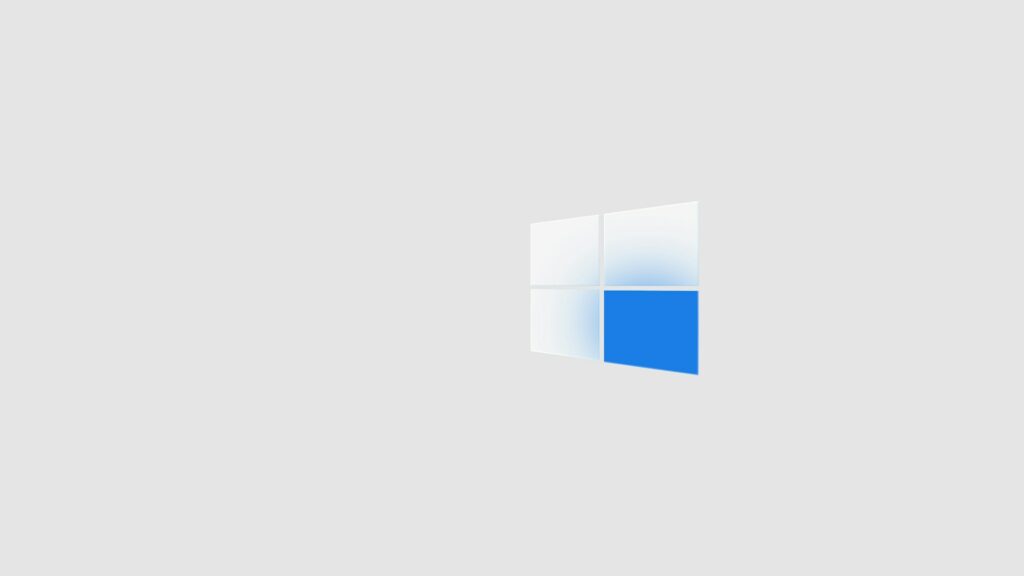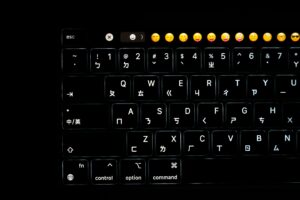A Comprehensive Guide on Utilizing the Command Prompt in Windows

A Comprehensive Guide on Utilizing the Command Prompt in Windows
In addition to being a tool for executing fundamental commands, the Windows Command Prompt (CMD) is much more than that. For more experienced users, it transforms into a sophisticated interface that allows them to manage files, automate operations, solve system difficulties, and communicate directly with Windows on a more profound level. Mastering the Command Prompt may save you time, allow access to capabilities that are hidden from view, and give you greater power over your personal computer, despite the fact that many people depend on graphical user interfaces.
Why Should You Use the Command Prompt Instead of the graphical user interface?
- For a single order, even the most difficult of jobs may be completed in a matter of seconds.
- Scripts that are written in batches make it possible to automate actions that are performed repeatedly.
- Control: Gain access to customizations and secret system functions that are not otherwise accessible via the conventional user interface.
- Determining and correcting severe system faults requires troubleshooting, which is an essential skill.
Command Prompt is opened with administrative privileges.
A few more sophisticated commands call for higher privileges, including:
- While holding down the Win key and the S key, enter cmd into the Command Prompt window, and then right-click on it.
- To access the Command Prompt, you may also press the Win key and the X key simultaneously and choose Windows Terminal (Admin).
1. To Navigate Like a Professional
When you want to change drives, type D: (replace D with the letter of your drive).
- The Files List: To show files and directories, use the dir command. To stop output, use /p, and to include subdirectories, add /s respectively.
- The Quick Path Switching feature allows you to immediately input the complete path of a folder by dragging and dropping it into the Command Prompt.
2. Techniques for Effectively Managing Files and Folders
Make a folder by using the command mkdir NewFolder.
- To delete a folder, use the command rmdir /s /q OldFolder. This command eliminates the folder and its contents without requiring confirmation.
- Files should be copied: copy file1.txt to D:\Backup.
- Transferring Files: Transfer file1.txt to D:\Backup
- Make changes to the files: rename oldname.txt newname.txt is the file.
- via the use of these commands, you are able to handle files more quickly than via the use of File Explorer.
3. For batch operations, the use of wildcards
By using wildcards, actions on several files may be simplified:
- The del *.tmp command deletes all of the.tmp files that are contained inside a folder.
- The copy *.docx D:\Documents → tool is used to copy all Word files.
- To rename all.txt files to.bak, use the rename *.txt *.bak → command.
4. Confirming the details of the system
information about the system, such as the operating system version, architecture, and hotfixes, is shown by the systeminfo command.
- ipconfig /all displays the whole configuration of the network device.
- Similarly to Task Manager, tasklist is a tool that provides a list of all processes that are now executing.
- The wmic cpu get name command displays information about the CPU.
5. Methods of Managing Procedures
To force Notepad to close, use the command taskkill /im notepad.exe /f.
- taskkill /pid 1234 is a command that terminates a process based on its process identifier (PID), which can be discovered by using tasklist.
- It is helpful in situations when programs that are not responding refuse to shut.
6. Commands for Troubleshooting Network Problems
Ping Google.com is a test that determines whether or not a website is connected to the internet.
- tracert google.com is a tool that traces the path traversed in order to access a server.
- To see active network connections and ports, use the netstat -an command.
- The command ipconfig /flushdns is used to clear cached DNS records in order to resolve difficulties related to surfing.
7. Tips and Tricks for Power Users Regarding Pipes and Distributing
The directory listing is saved into a text file by using the dir > files.txt command.
- IP configuration | locate “IPv4” ← only displays IPv4 addresses when the output is filtered.
- Using the tasklist command, search for “chrome” will display just Chrome processes.
- Not only does this make results easier to read, but it also enables data to be saved for subsequent examination.
8. Developing Batch Files for the Purpose of Automation
A.bat file allows you to store several commands, which may then be used to automate processes. For instance:
- Echo off echo @echo Making backups of files…
copies from C:\Projects to D:\backup /s /e /y echo “backup” Backup finished; momentary halt - By running this file, you will automatically create a backup of your whole projects folder.
9. Utilizing Variables of the Environment
You may operate in a dynamic manner thanks to environment variables:
- The %username% variable illustrates the current user name.
- What is the value of %userprofile%? The path to the folder that contains your user’s profile.
- %temp% Opens the folder that contains temporary files.
- When you want to create scripts that are more versatile, you may utilize them in commands and batch files.
10. Advanced Management of Disks and Digital Files
chkdsk C: /f /r is a script that scans and fixes problems on the disk.
- The cipher /w:C:\ → The data is wiped in a secure manner, making it impossible to retrieve it.
- The command “fsutil file createnew testfile.txt 1000000” is executed. Instantaneously generates a test file that is one megabyte in size.
11. Managing Windows Services and Applications
sc query is a query that lists all services that are currently executing.
- The command “net start servicename” is used to initiate the launch of a service.
- service at a net stopname → Puts an end to a service.
- This is helpful for identifying and fixing problems that are connected to the service.
12. Using the Command Line to Schedule Job Assignments
The command “schtasks /create /sc daily /tn Backup /tr “C:\backup.bat” /st 09:00″ is executed.
This will establish a scheduled task that will execute your backup script every day at nine in the morning.
13. Personalized Command Prompt Configuration
- The color 0A is used to change the color of the text. The color 0 represents a black backdrop, while the color A represents green lettering.
- a prompt $p$g is a change prompt that displays the current directory with the symbol >.
- the title of My Custom CMD → Gives your command prompt window a title that you choose.
A powerful tool for expert users who seek efficiency, automation, and greater control over their system, the Windows Command Prompt is much more than a relic of the past. It is a tool that helps advanced users achieve these goals. Your ability to solve problems and increase your productivity may be significantly improved if you are able to grasp navigation, process management, batch scripting, and network troubleshooting. When used often, the Command Prompt goes from being a simple text window to being one of the most power-packed programs that Windows has to offer.




